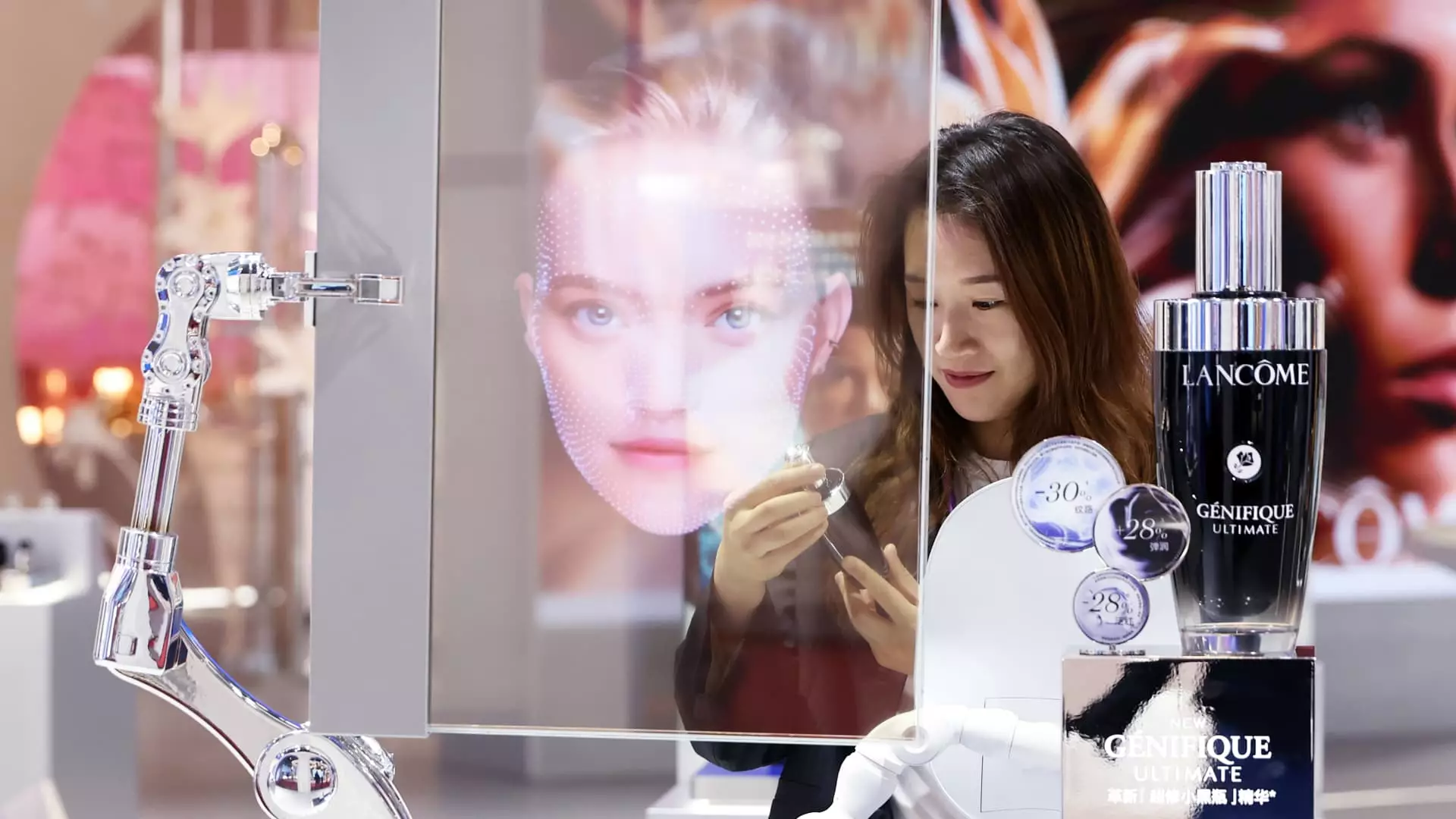In its recent quarterly report, French cosmetics powerhouse L’Oreal unveiled sales results that fell below analysts’ expectations for the last quarter of the year. The company achieved sales of 11.08 billion euros (approximately $11.49 billion) for the three months ending in December, reflecting a 2.5% increase on a like-for-like basis. This figure edged just short of the anticipated 11.1 billion euros predicted by experts surveyed in an LSEG poll. The company’s full-year sales, however, saw a modest growth of 5.1%, totaling 43.48 billion euros, marginally above the 43.33 billion euro forecast.
L’Oreal’s sales growth in the fourth quarter was multifaceted, showcasing a rise across nearly all global divisions except for North Asia, where a notable 3.6% sales decline was reported. This downward trend in one of the largest beauty markets globally underscores ongoing challenges facing the sector. North America witnessed a meager 1.4% sales increase, a significant decrease from the robust 5.2% growth noted in the previous quarter. Despite these regional disparities, the dermatological beauty and professional products segments demonstrated particularly strong performance, highlighting consumer interest in skincare and specialized beauty solutions.
In a statement, CEO Nicolas Hieronimus conveyed a cautious yet optimistic outlook, characterizing the Chinese beauty ecosystem as “challenging.” He pointed out that a gradual normalization of the global beauty market was taking place after grappling with broader macroeconomic pressures. His comments reflect a balancing act between acknowledging adverse market conditions and projecting confidence in L’Oreal’s capacity to thrive amid ongoing challenges. Hieronimus remains steadfast in believing that the company can continue to outperform its competitors and achieve sustained growth in both sales and profits in the forthcoming year.
The struggles faced by L’Oreal resonate within a broader context of weak consumer demand affecting luxury and beauty brands. For instance, the luxury firm LVMH recently reported full-year results that met but did not exceed expectations, indicating similar trends. Market optimism had surged after a stellar performance from Richemont, the owner of Cartier, which led many to hope for a revitalization of the luxury sector. Nonetheless, LVMH’s underperformance in its fashion and leather goods segments highlights a significant disconnect in consumer sentiment. The potential onset of a global trade war, particularly with the prospect of renewed U.S. tariffs on Chinese imports, further complicates the environment for consumer goods companies, especially those reliant on the increasingly volatile Chinese market.
L’Oreal’s fourth-quarter results reveal a company navigating through a confluence of regional economic challenges, shifting consumer preferences, and industry-wide uncertainties. While the rise in specific product segments signals opportunities for growth, the overarching difficulties in major markets like China necessitate a strategic reassessment. As the global beauty landscape evolves, L’Oreal will need to adapt swiftly to maintain its leadership position and resonate with its consumer base in increasingly competitive realms. The coming months will be critical for the cosmetics giant as it seeks to balance optimism with pragmatic responses to enduring market realities.


Leave a Reply